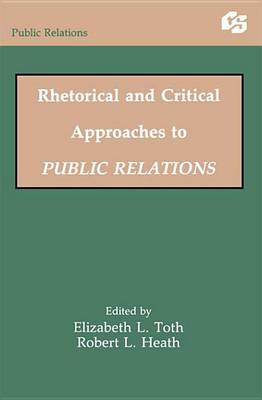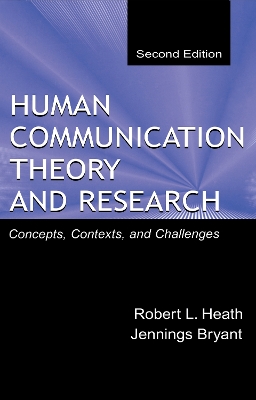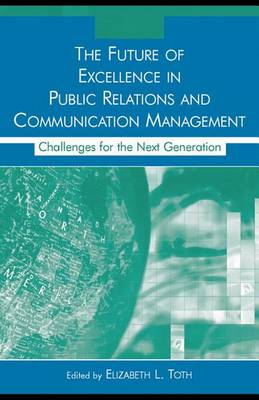Routledge Communication
4 total works
Rhetorical and Critical Approaches to Public Relations II
by Robert L Heath and Elizabeth L. Toth
Human Communication Theory and Research introduces students to the growing body of theory and research in communication, demonstrating the integration between the communication efforts of interpersonal, organizational, and mediated settings. This second edition builds from the foundation of the original volume to demonstrate the rich array of theories, theoretical connections, and research findings that drive the communication discipline. Robert L. Heath and Jennings Bryant have added a chapter on new communication technologies and have increased depth throughout the volume, particularly in the areas of social meaning, critical theory and cultural studies, and organizational communication.
The chapters herein are arranged to provide insight into the breadth of studies unique to communication, acknowledging along the way the contributions of researchers from psychology, political science, and sociology. Heath and Bryant chart developments and linkages within and between ways of looking at communication. The volume establishes an orientation for the social scientific study of communication, discussing principles of research, and outlining the requirements for the development and evaluation of theories.
Appropriate for use in communication theory courses at the advanced undergraduate and graduate level, this text offers students insights to understanding the issues and possible answers to the question of what communication is in all forms and contexts.
The Future of Excellence in Public Relations and Communication Management
by James E. Grunig, Larissa A. Grunig, and Elizabeth L. Toth



